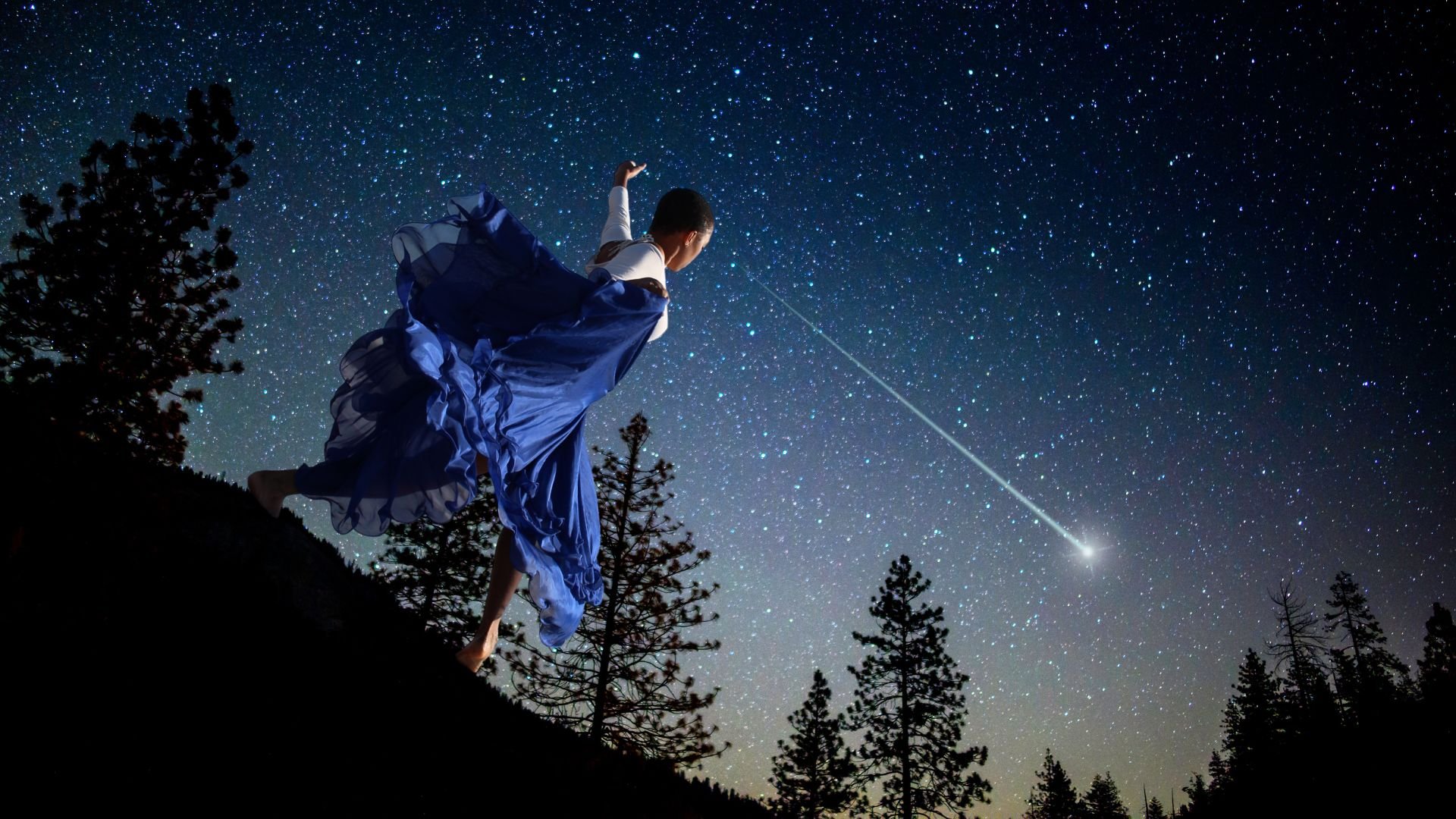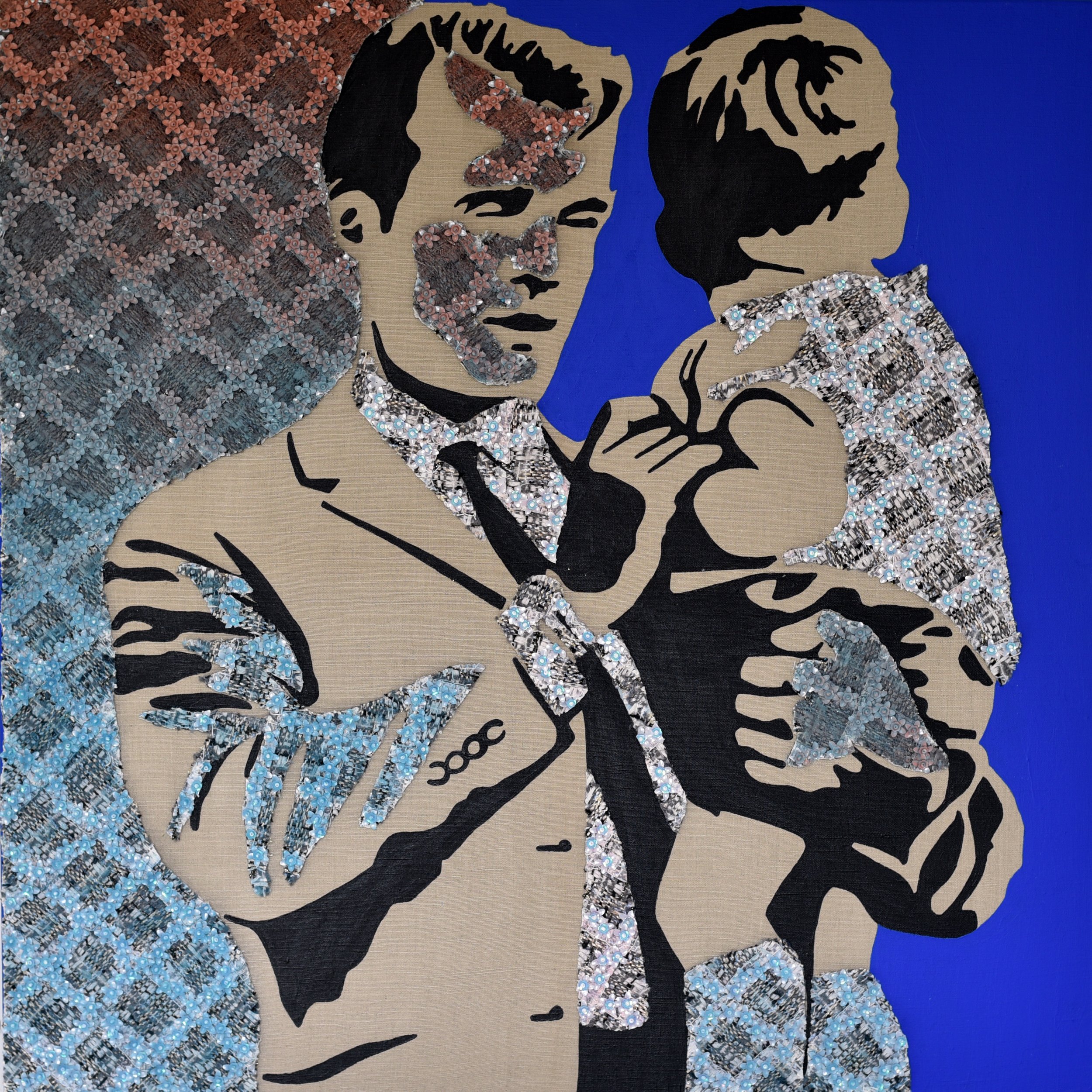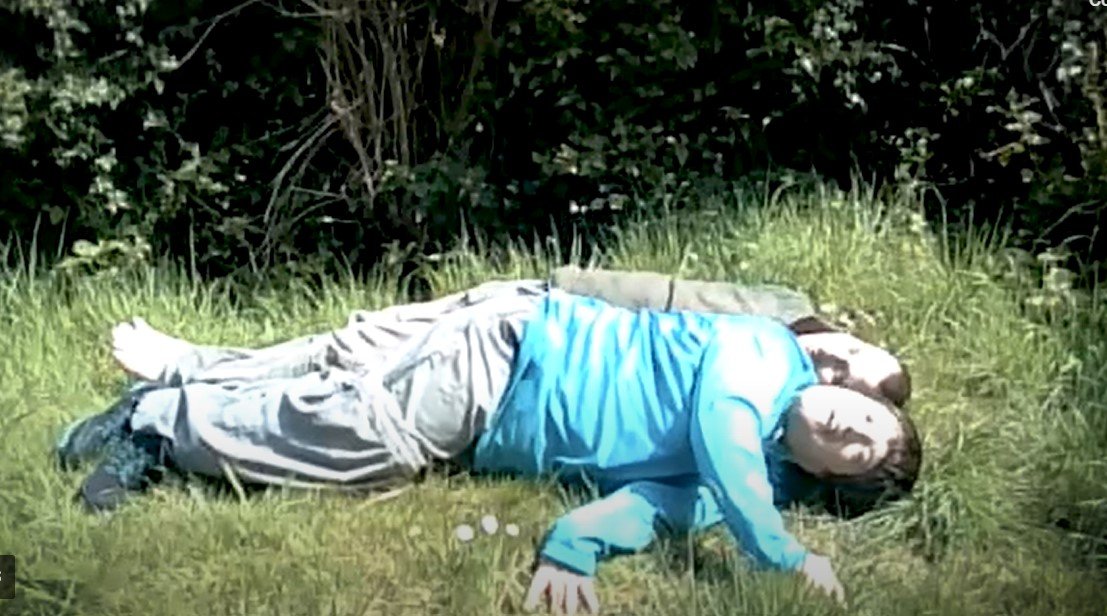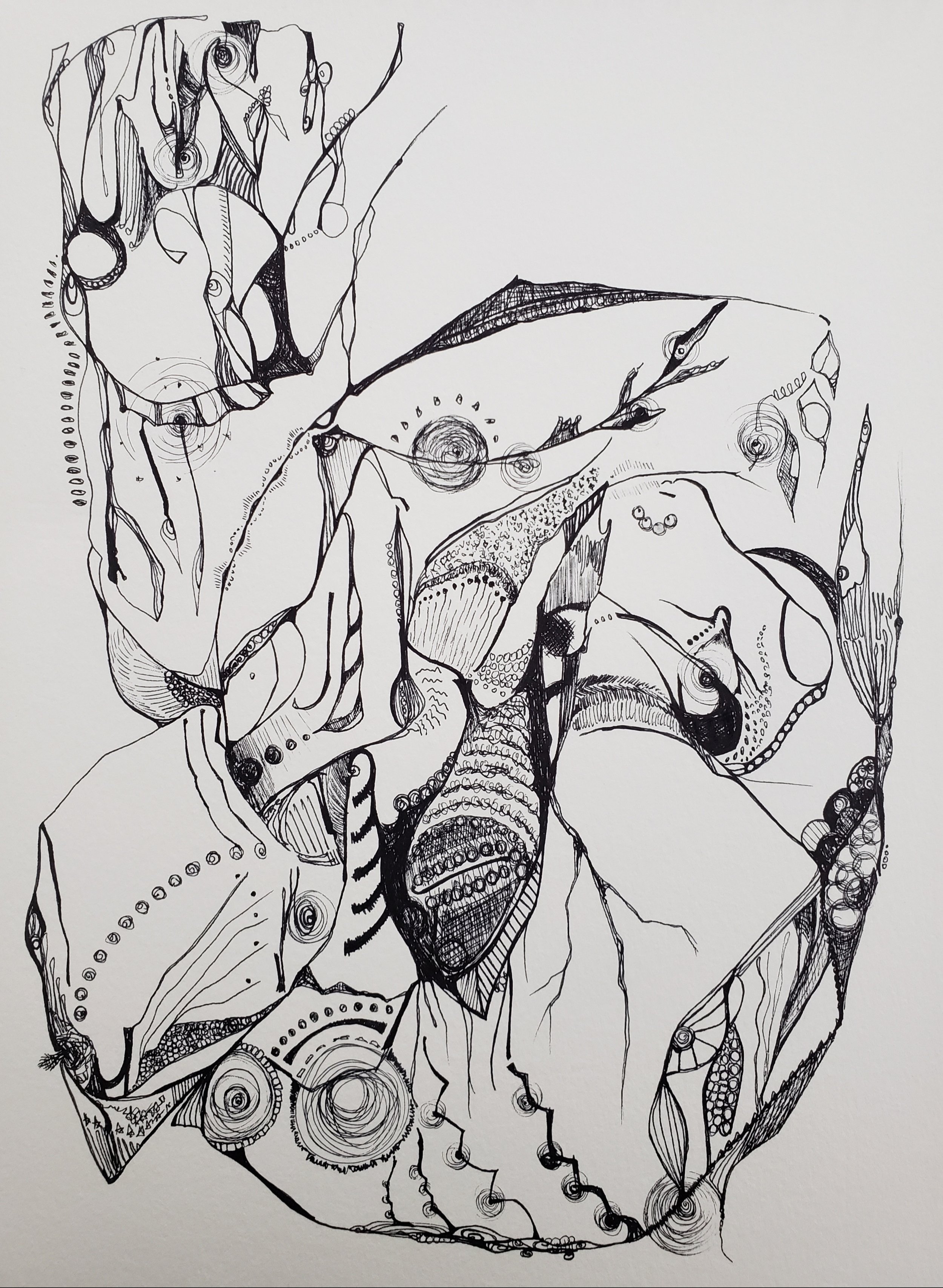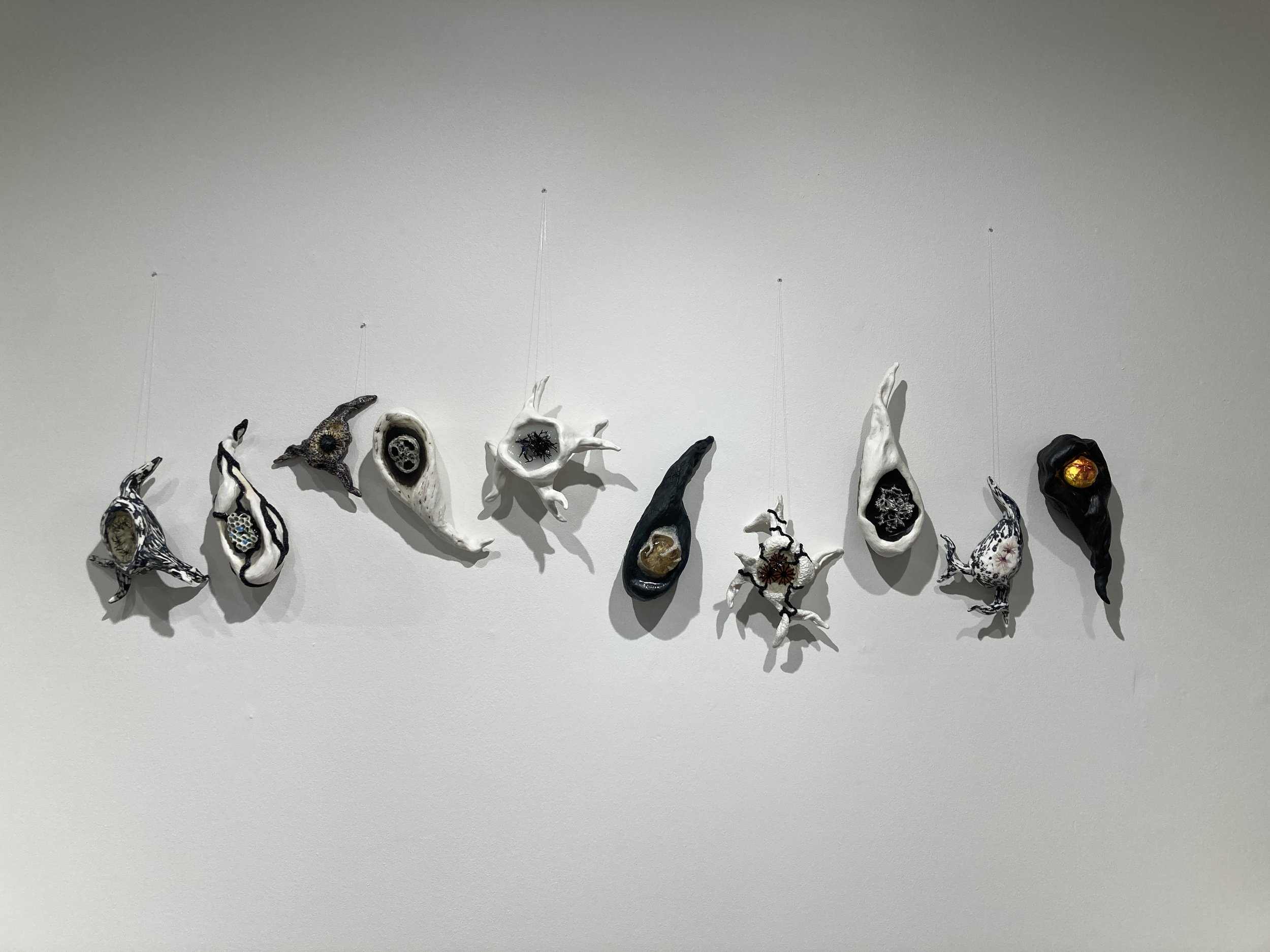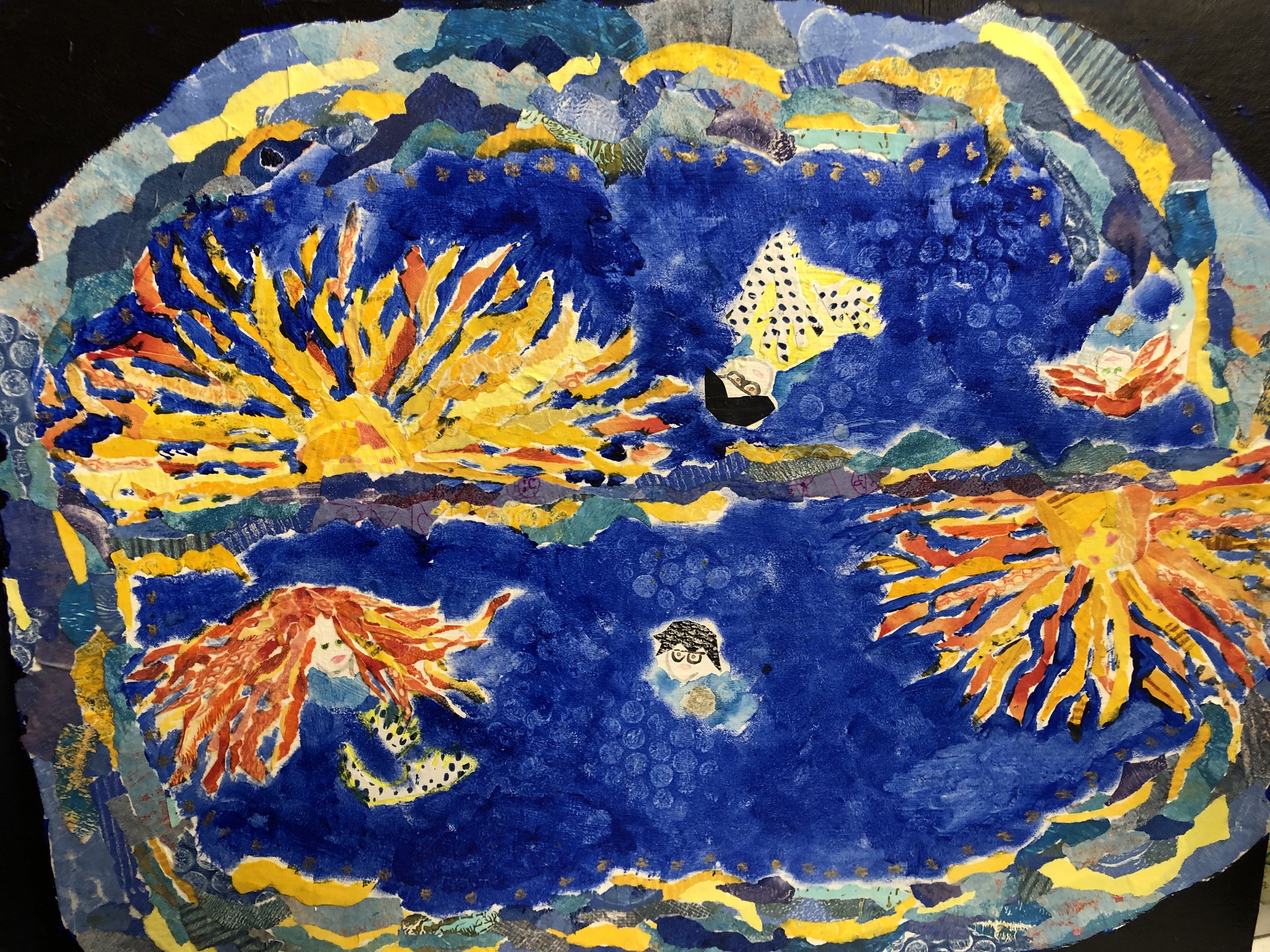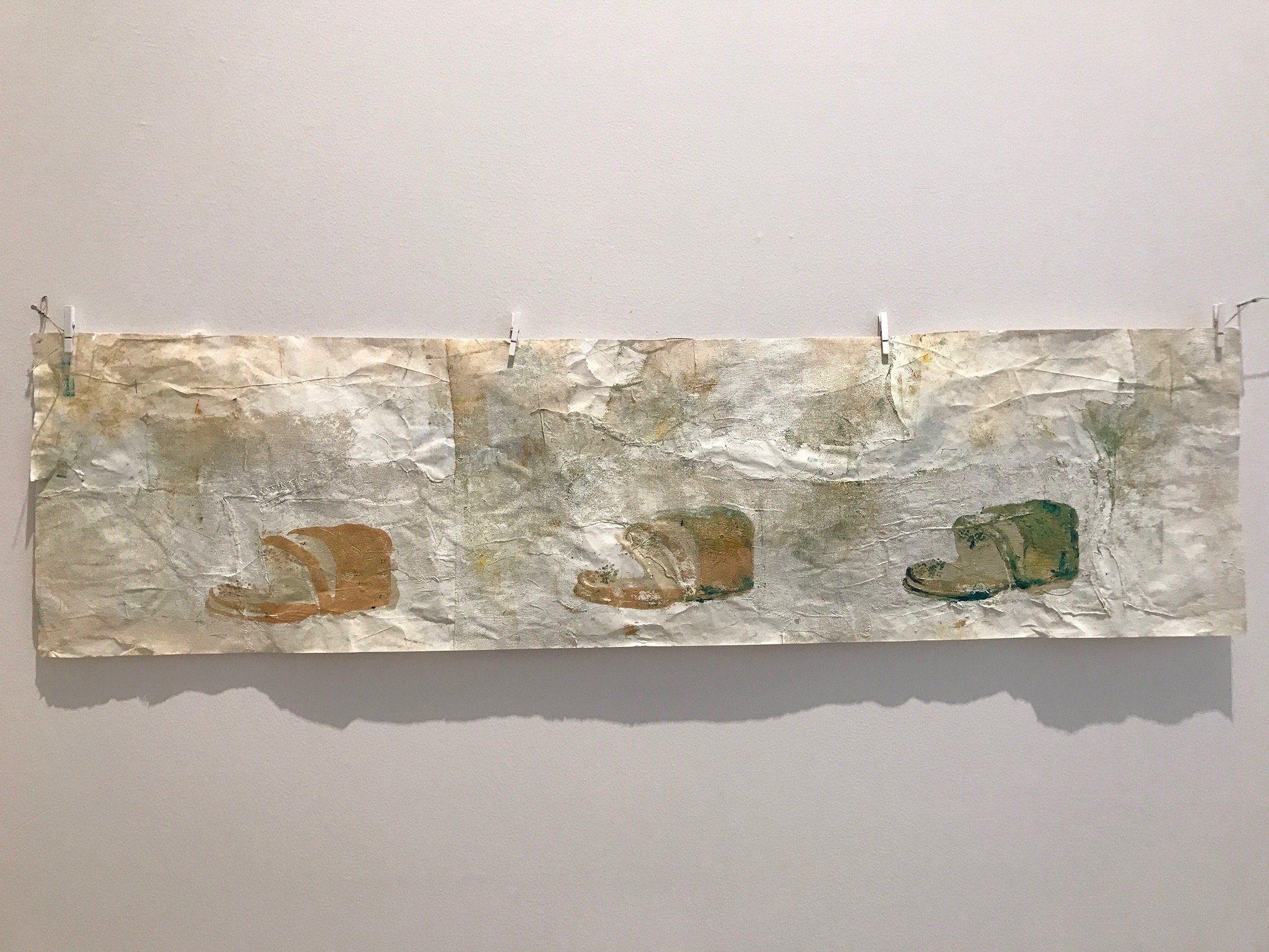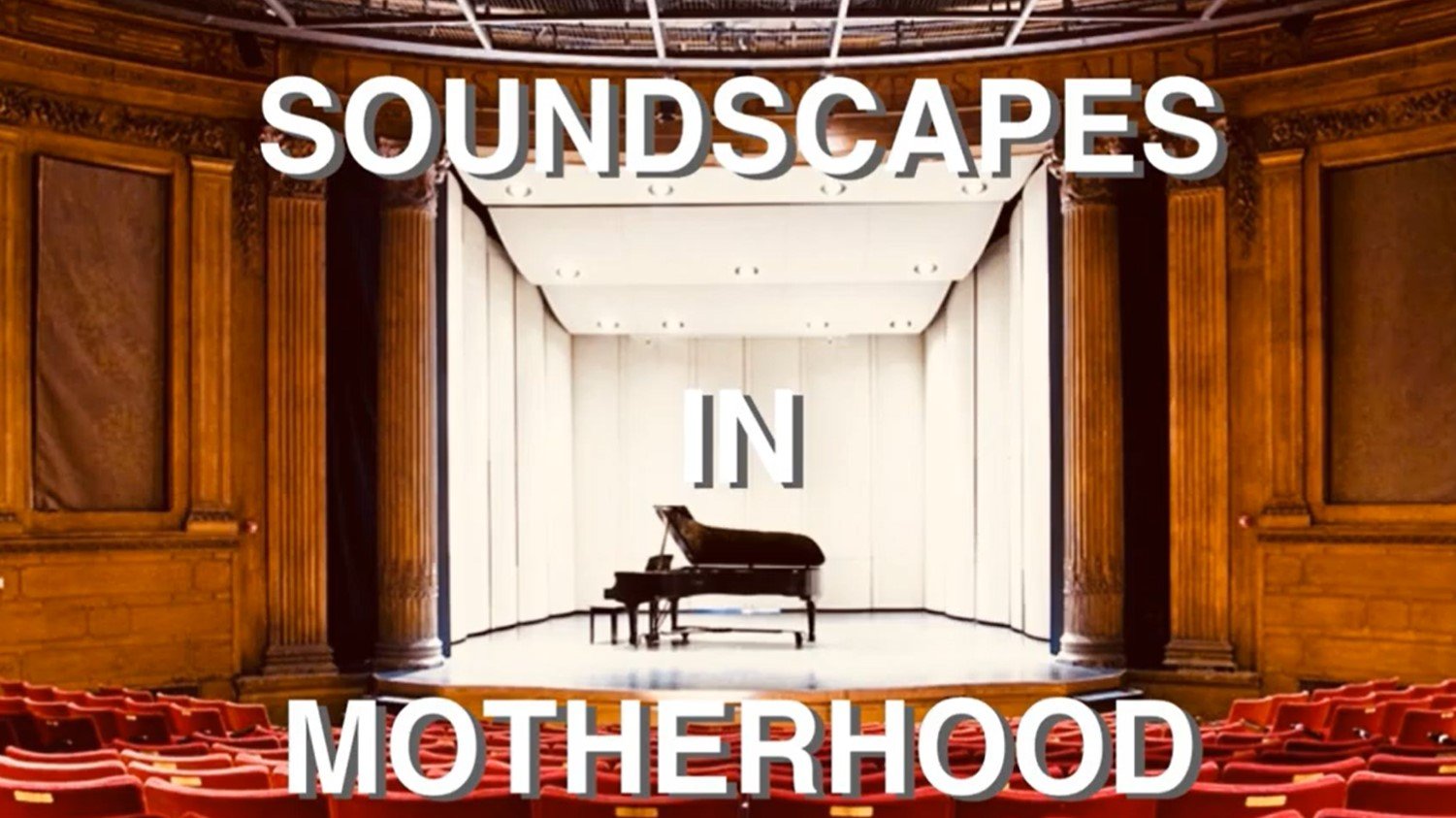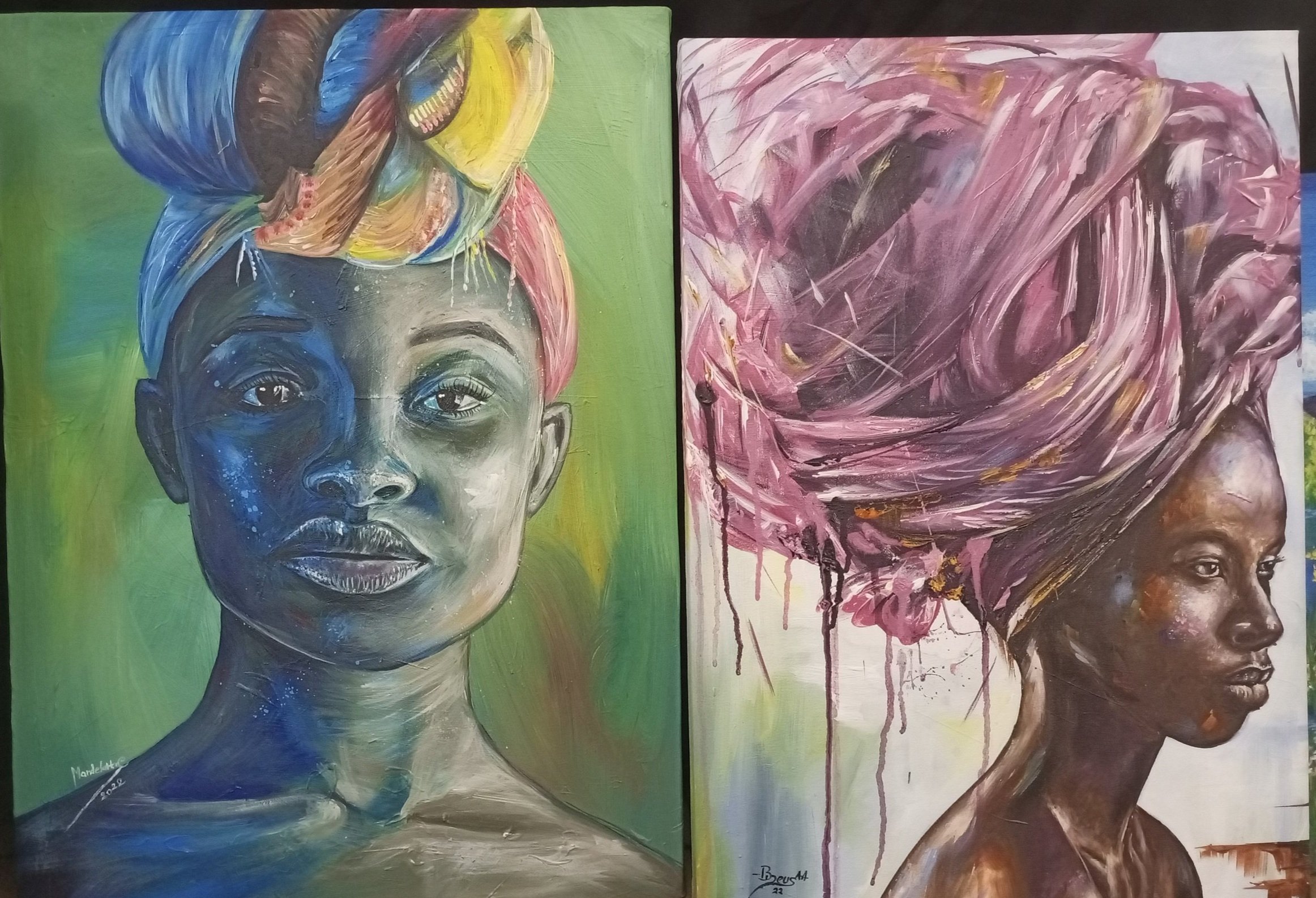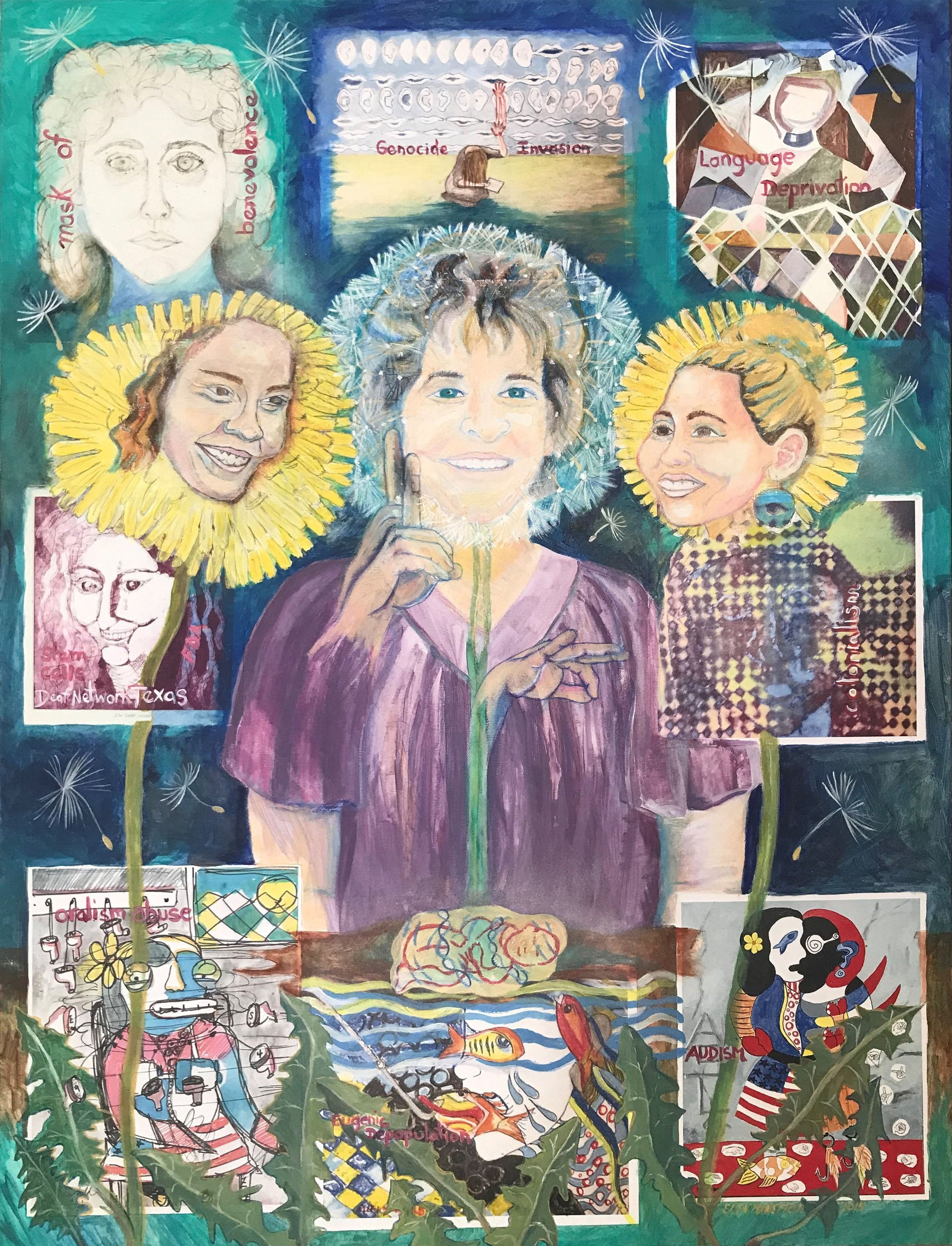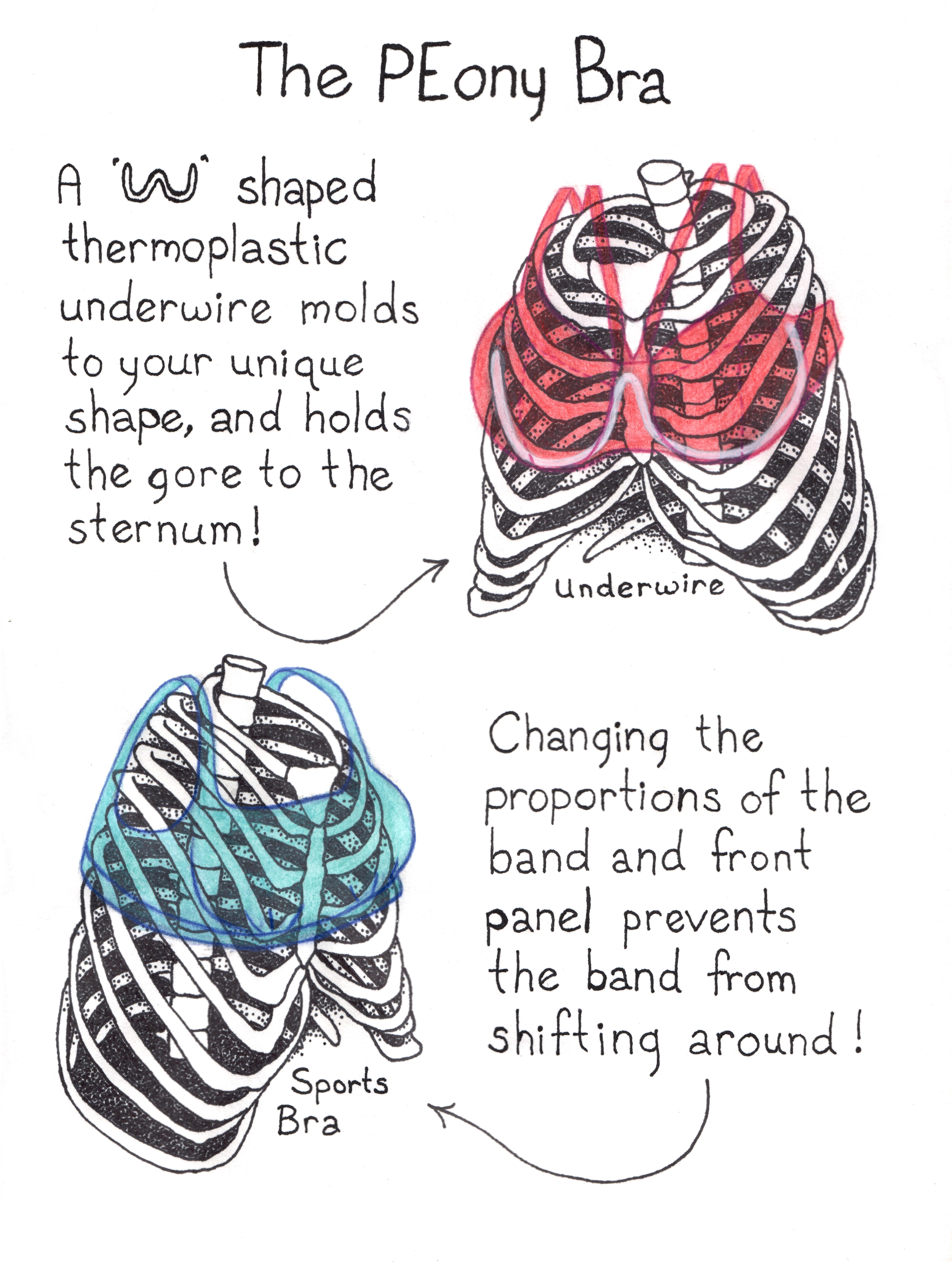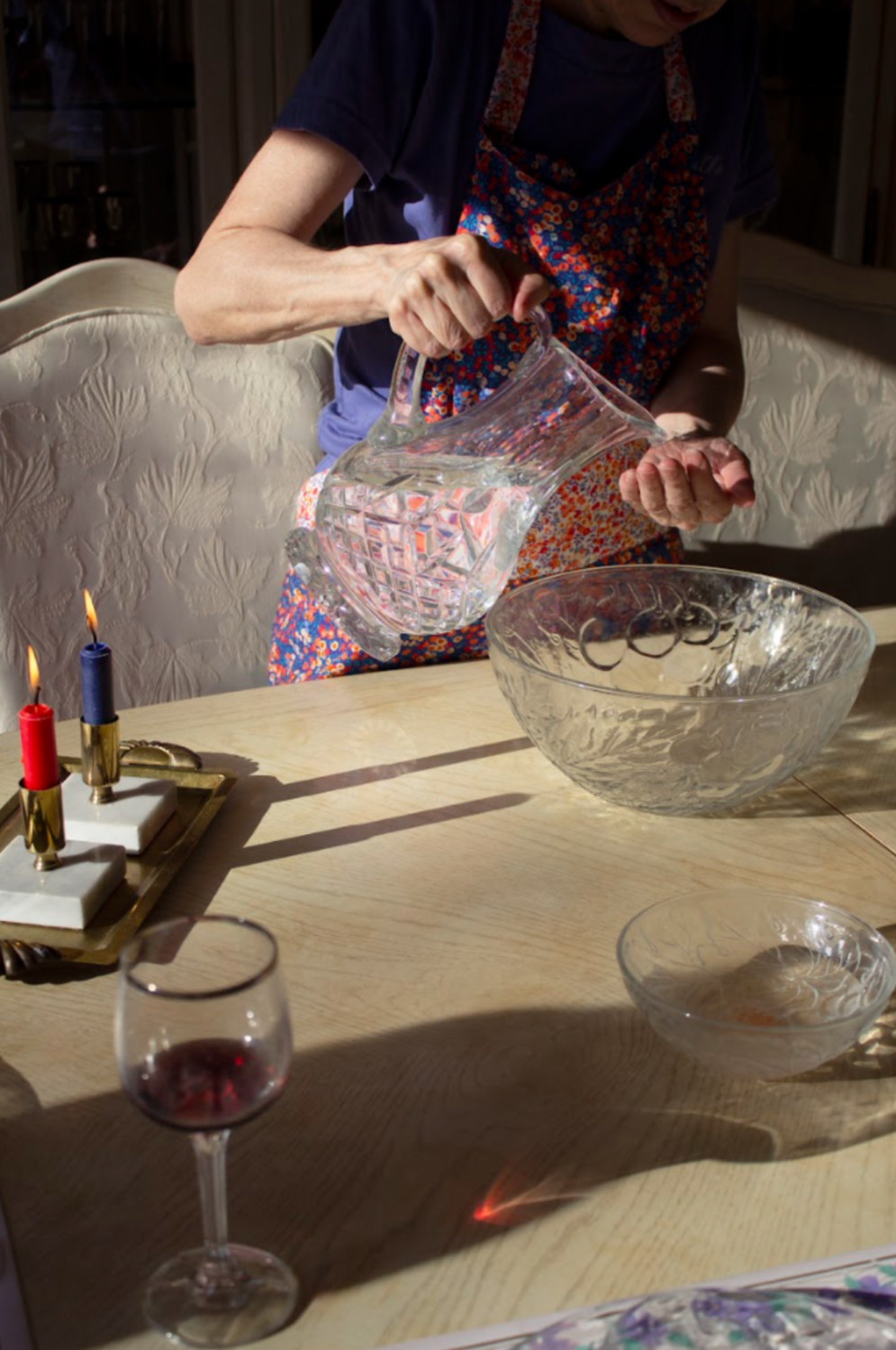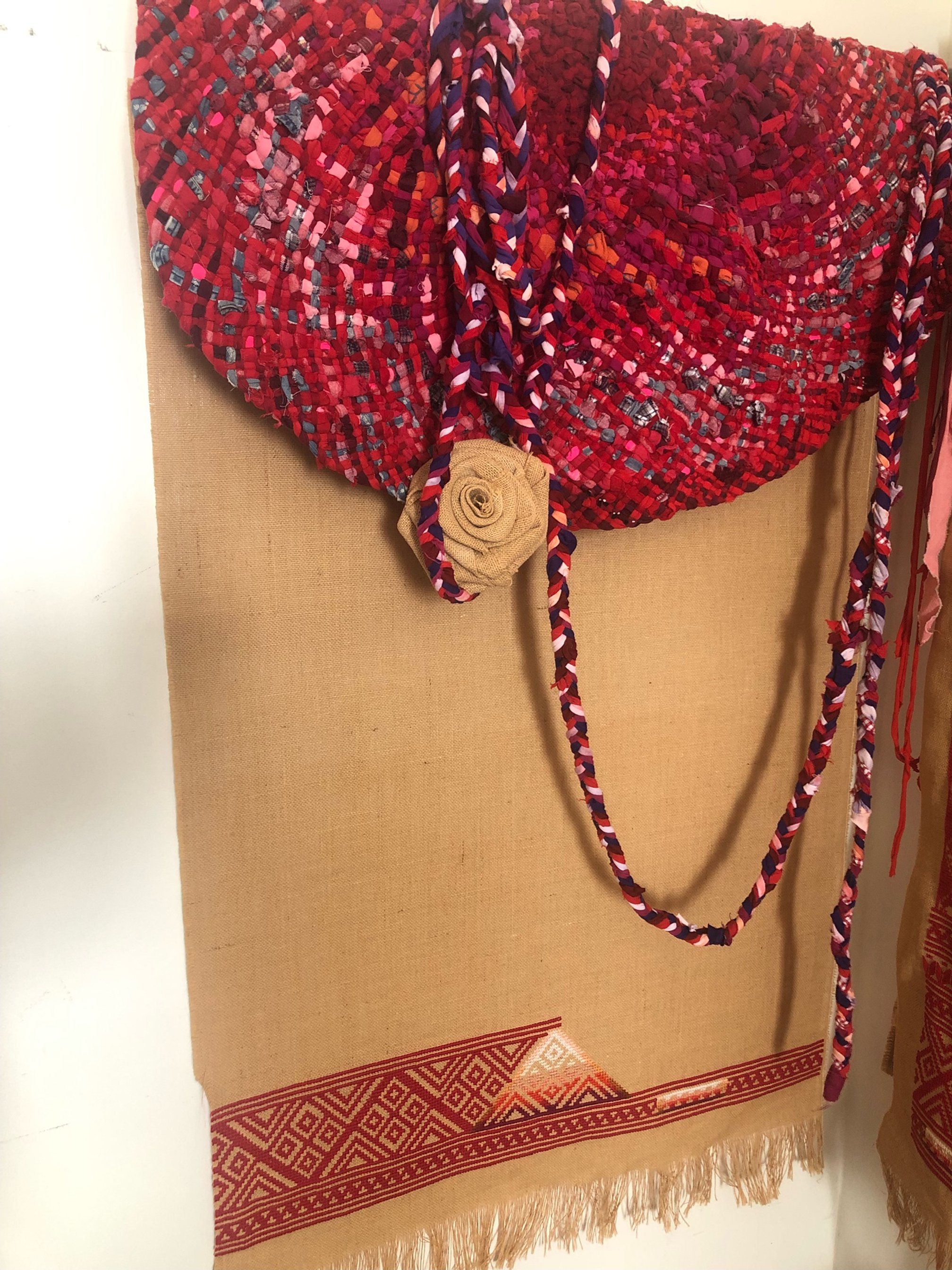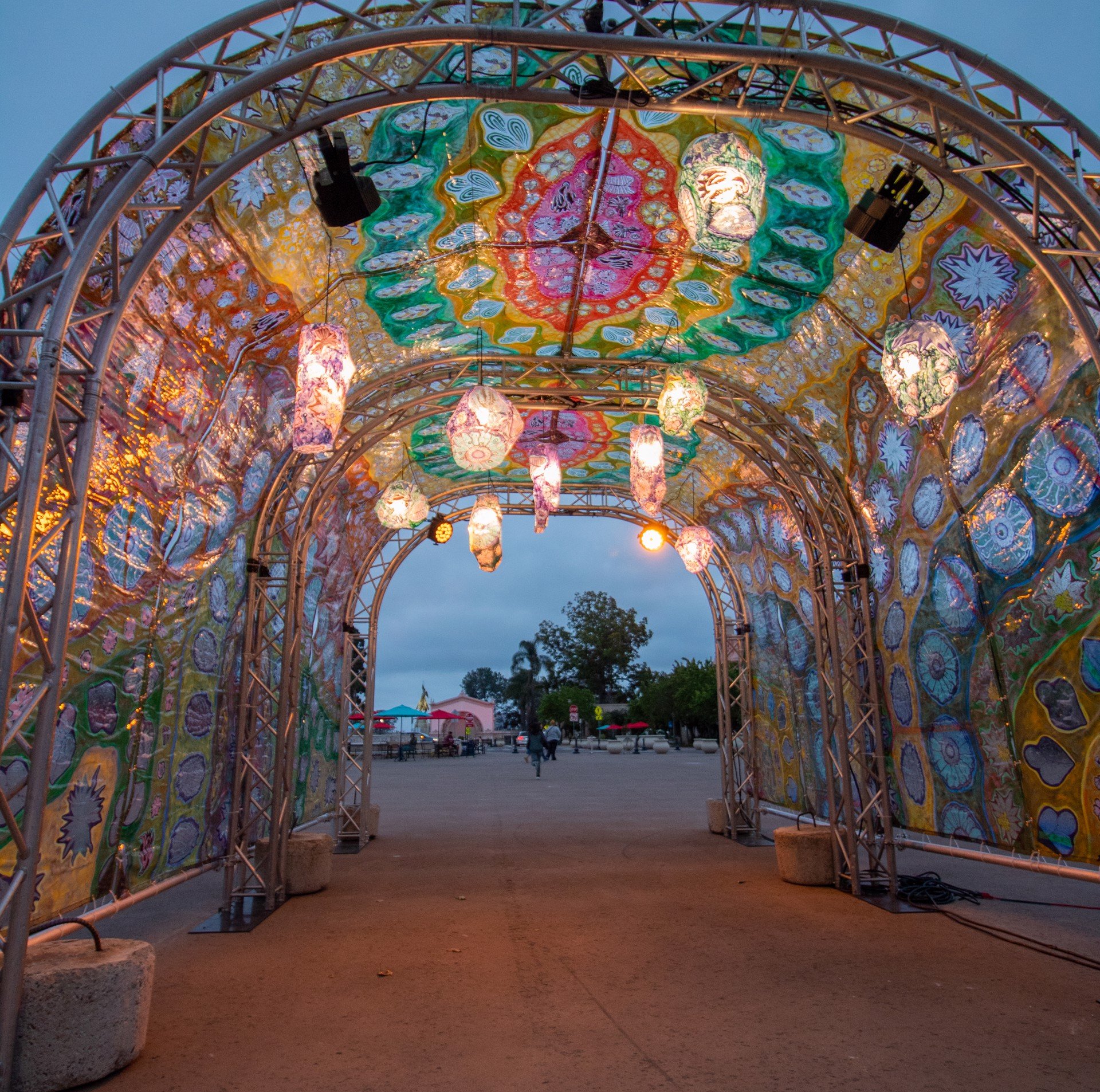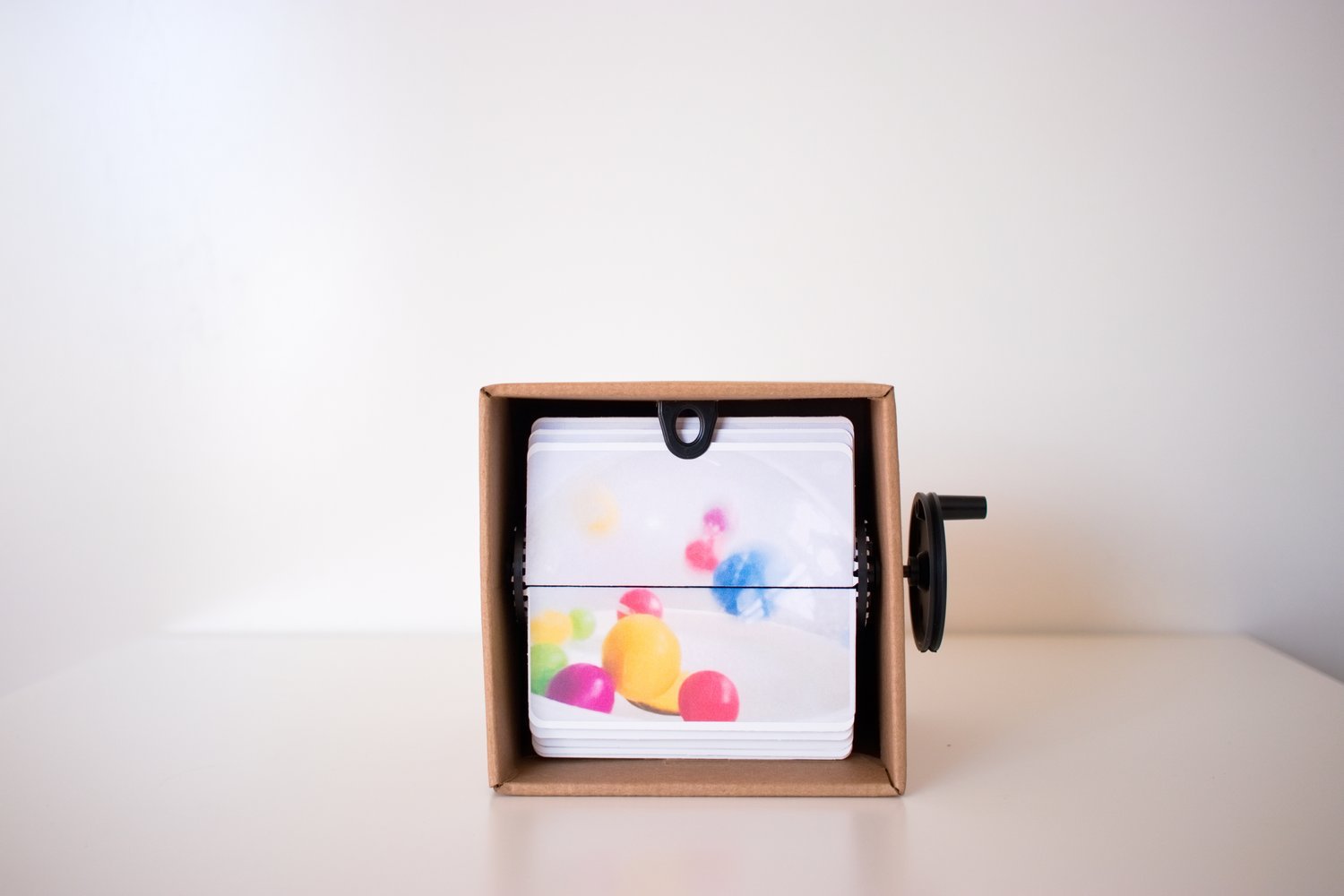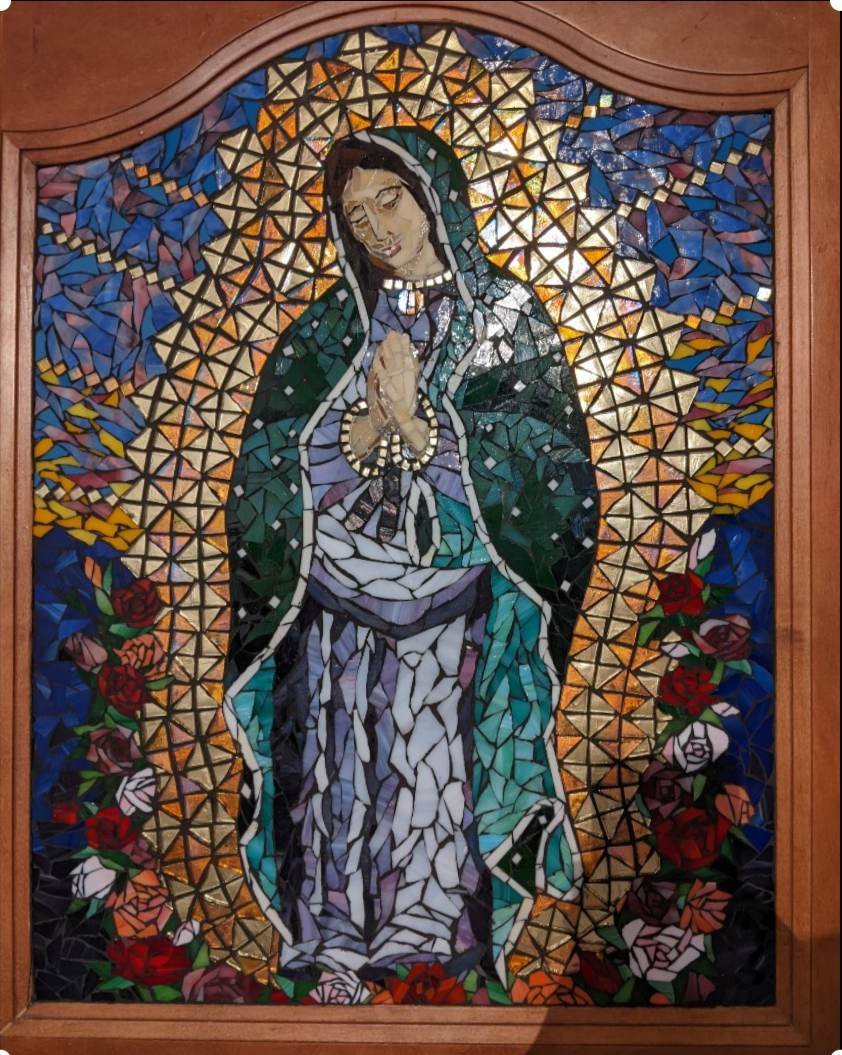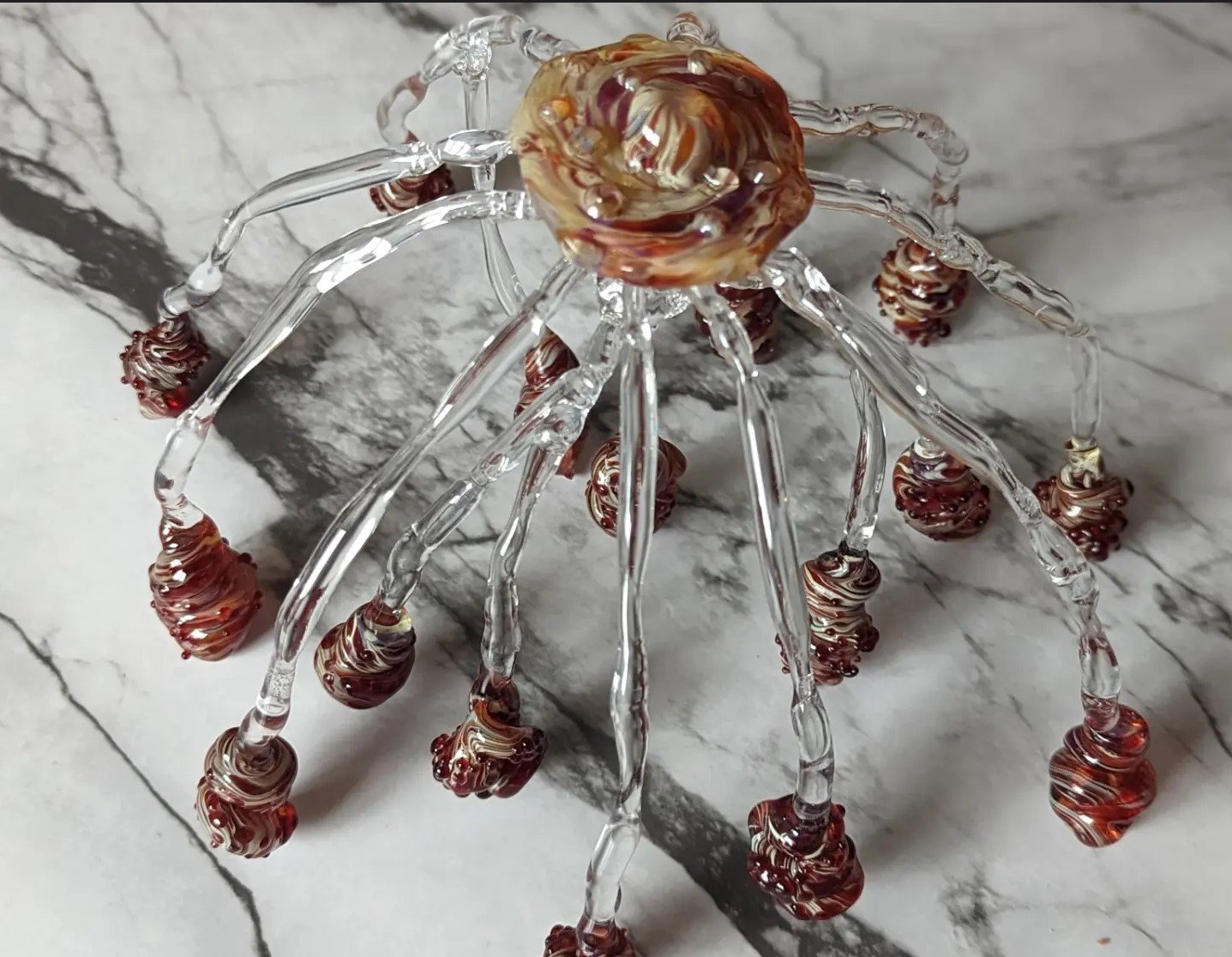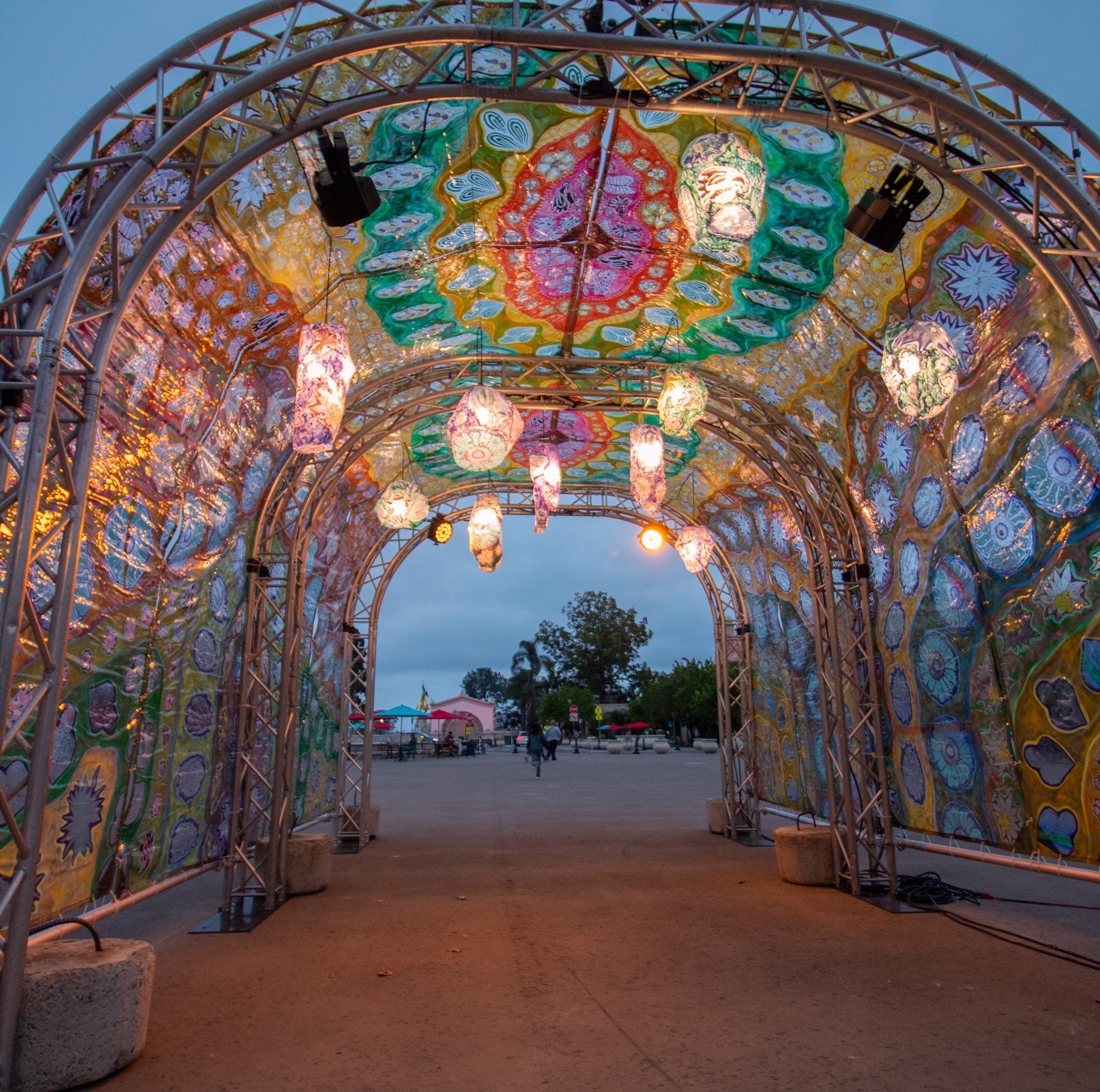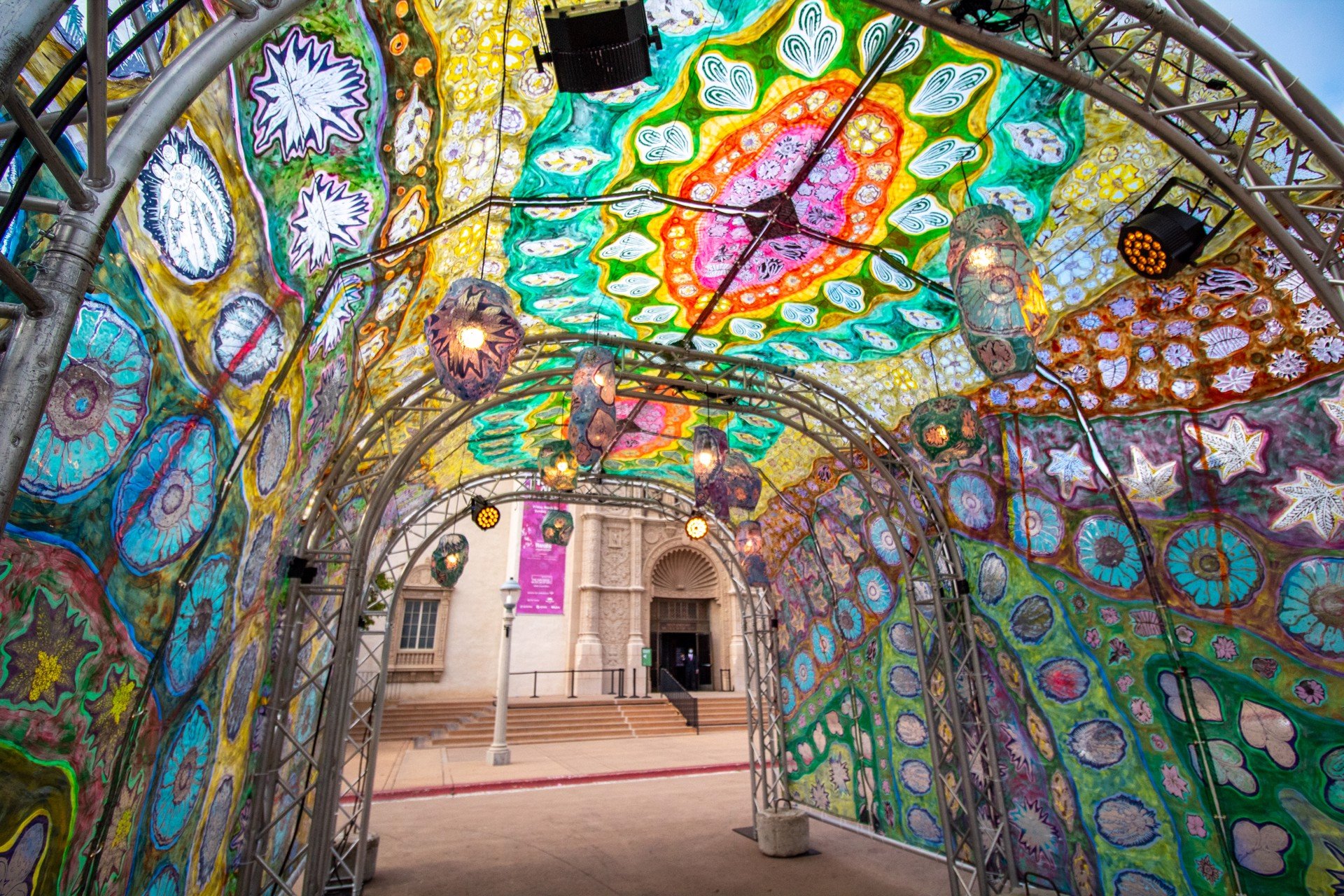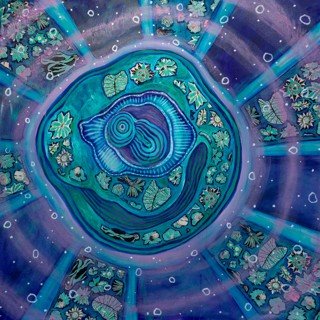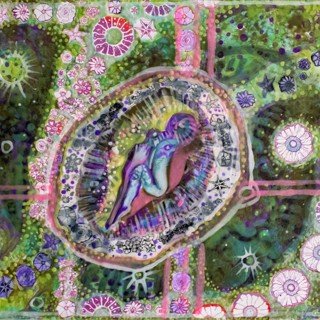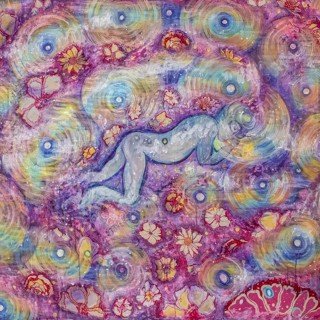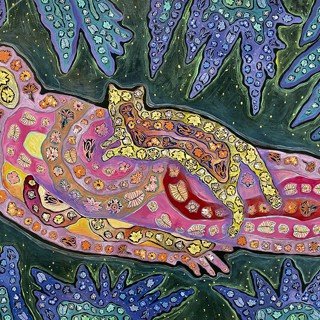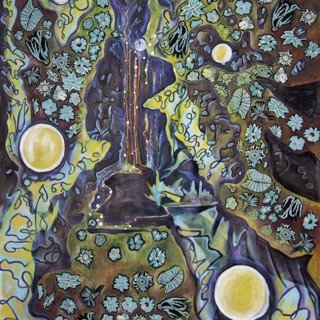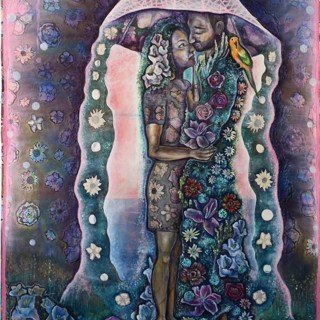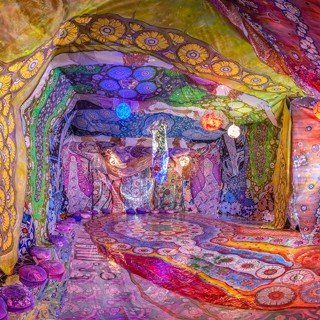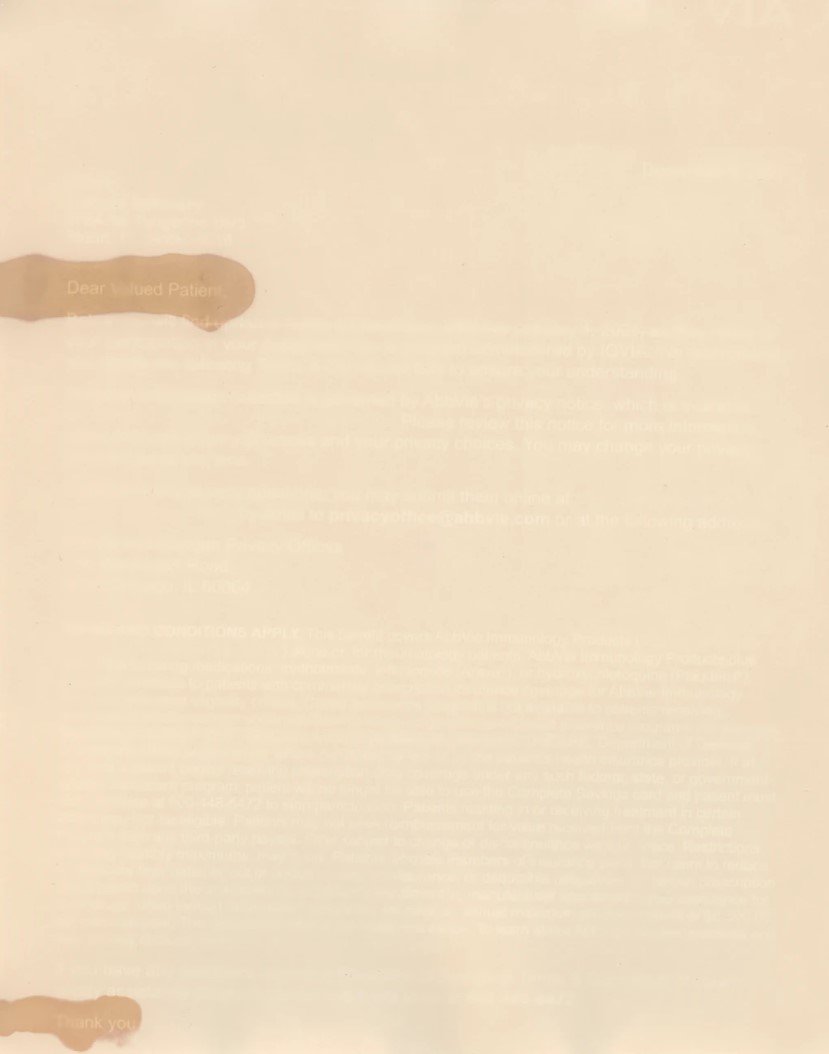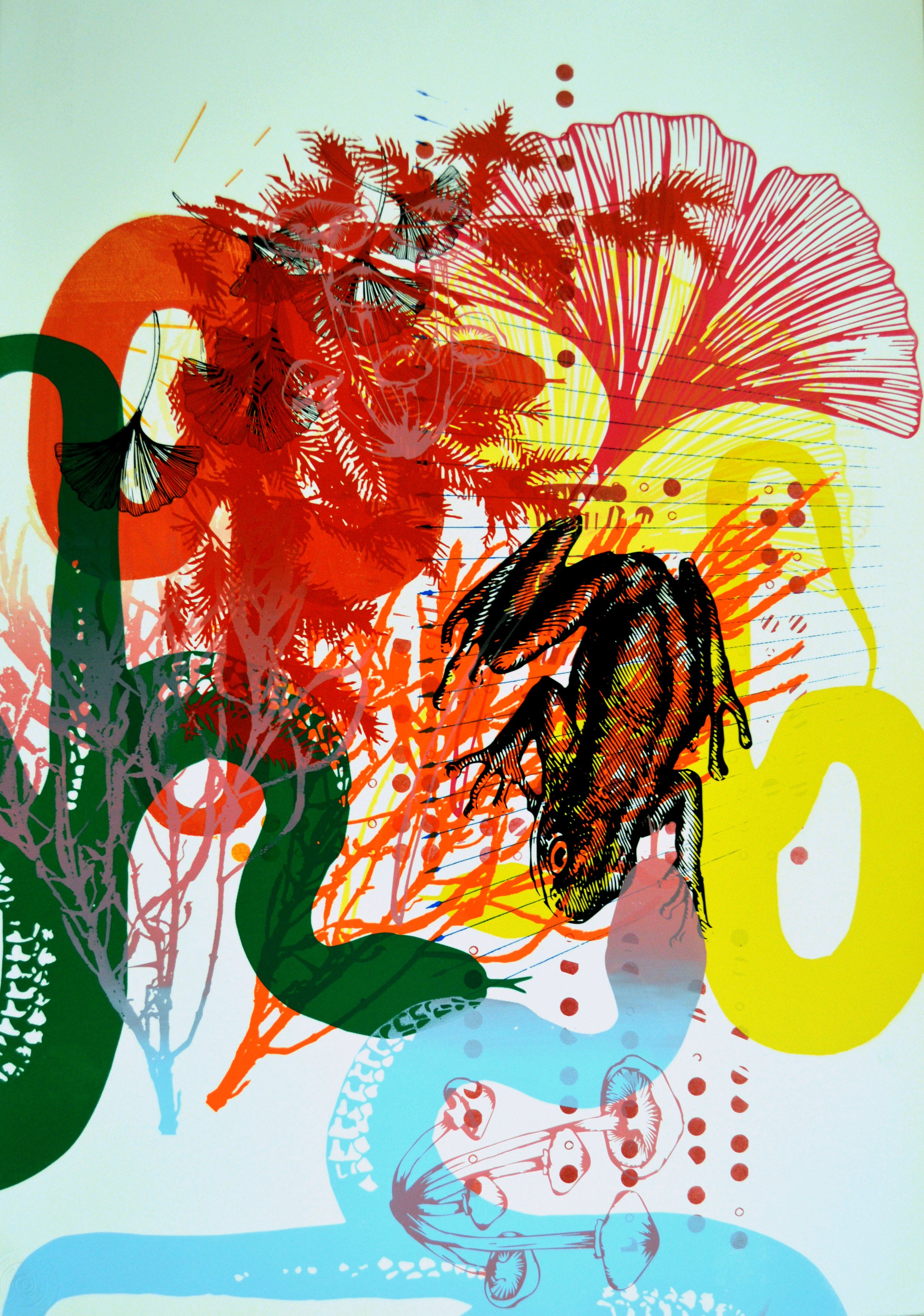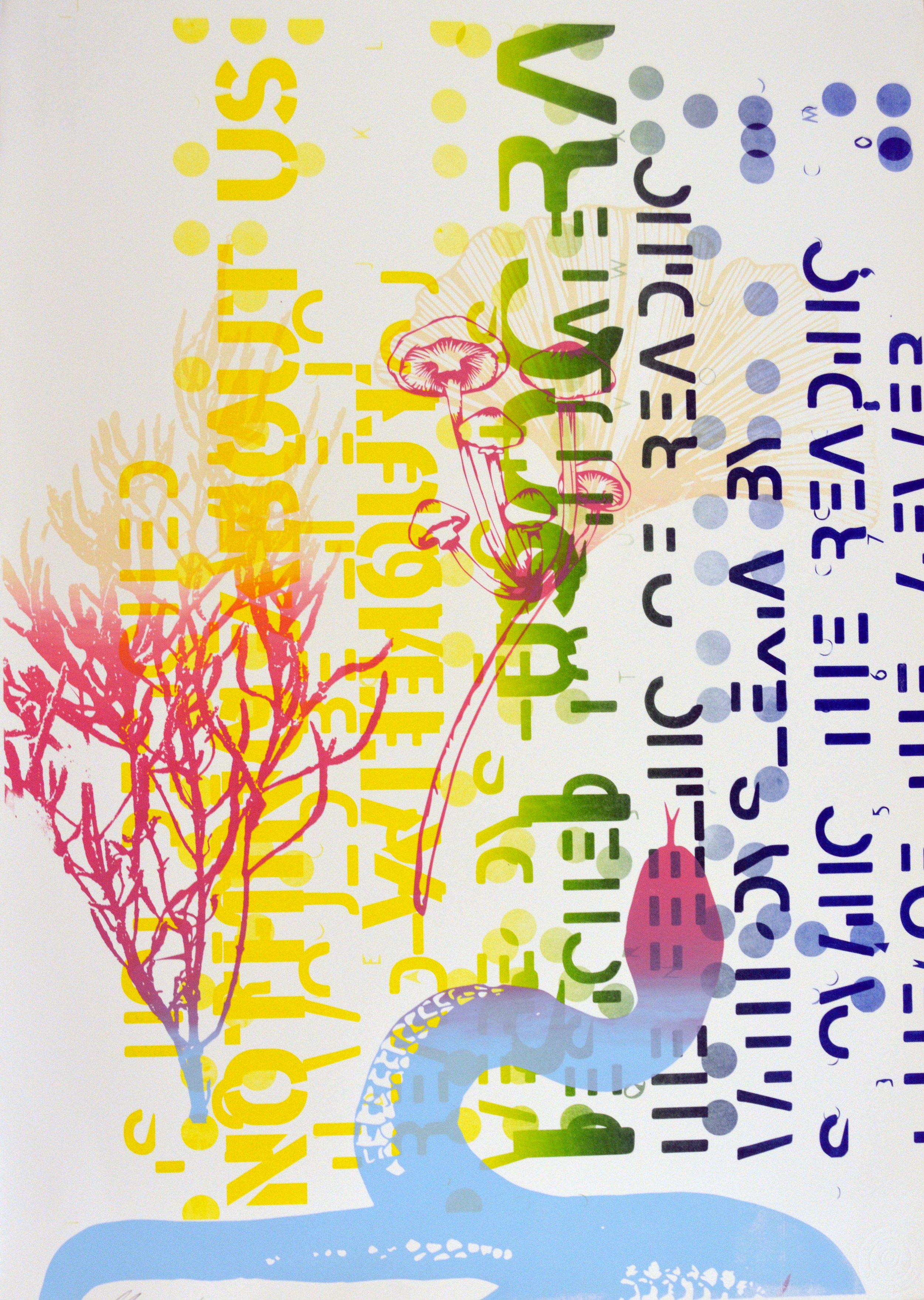ANTHROPOLOGY of MOTHERHOOD
Culture of Care
Celebrating its eighth year at the Dollar Bank Three Rivers Arts Festival, Anthropology of Motherhood (AoM) Culture of Care is pleased to bring you an art exhibition with a focus on Deaf and Disability culture and its synchronicity with the culture of care and maternal feminism.
The 2023 edition of AoM is presented in collaboration with the Dyer Arts Center at Rochester Institute of Technology’s National Technical Institute for the Deaf. This exhibition will travel to Dyer Arts Center in Rochester, NY and will be on view from August 28 – Dec. 8, 2023.
AoM's Feeding Room and gallery art exhibition will be in downtown Pittsburgh's Cultural District at 821 Penn Ave. This will be a functional, hybrid exhibition that is innovatively designed as both an art space, an interactive amenity, and place of respite for families with young children.
The AoM public art installation will be close by at the Pittsburgh Cultural District’s Backyard space on 8th Street and Penn Ave. The Backyard is a summer-long destination that showcases local musicians, artists, and performers in a laid-back family-friendly environment.
TABLE OF CONTENTS
INFORMATION
ARTISTS
CURATOR’S INTRODUCTION
ARTIST INDEX
VIRTUAL GALLERY
SPONSORS & PARTNERS
ARTISTS
Introduction to the 2023 Exhibition
Image Description: Still from Anna Brody’s video piece. A sitting, naked white person with shoulder-length hair and eyes closed, holds their child who’s nestled into their side. Sunlight streams in from a window to the left.
The intersections of motherhood and disability are complex and multifaceted, encompassing a wide range of experiences and perspectives. According to disabilities studies scholar Kristen Lindgren, pregnancy, motherhood, and disability are connected in that they “involve the redrawing of bodily boundaries and incorporation of an other into the self. Both motherhood and [disability] require learning new ways to use my body and to interpret bodily signals.”
Mothers/parents who identify as disabled, and caregivers of disabled kin face unique challenges that are often overlooked or misunderstood by dominant culture, including barriers to healthcare, social isolation, and systemic discrimination. Despite these obstacles, mothers/parents who identify as disabled have also forged powerful communities of support and resistance, challenging dominant narratives about motherhood and disability and pushing for greater inclusivity and equity.
This year, Anthropology of Motherhood’s exhibition explores these intersections through a selection of artworks that offer diverse perspectives on the experiences of disabled artist/mothers and disabled artist/caregivers. These artworks highlight the ways in which disability shapes the experience of caregiving, parenting, and motherhood, while also challenging ableist assumptions and stereotypes. They draw attention to the complex realities of parenting with a disability, including joy, creativity, agency, and navigating systemic barriers.
Image description: Still from Nadia Naomi Mbonde’s video piece. We see a slanted, sillouetted landscape of trees against a starry blue night sky. In the foreground, we see a powerfully posed black woman with dark blue fabric billowing behind her. It almost looks like she’s holding or sending out a shooting star whose tail streams out to her outstretched hand.
Through a variety of media including photography, sculpture, performance, painting, and multimedia installations, these artworks explore themes such as the challenges of navigating healthcare systems, the intersections of disability and reproductive rights, and the emotional labor of mothering/parenting with a disability. They also offer insights into the rich networks of support and community that, in their solidarity, intervene in dominant narratives about motherhood and disability.
Together, these artworks provide a powerful testament to the creativity, labor, and profound relationships of reciprocal care engaged in by artists who identify as disabled mother/caregivers/parents, highlighting the importance of centering the intersectional experiences of motherhood and disability. The exhibition seeks to amplify the voices of these artists as a means to challenge ableist assumptions and design an equitable world for all mothers/caregivers/parents.
– Amy Bowman-McElhone, PhD, Curator



